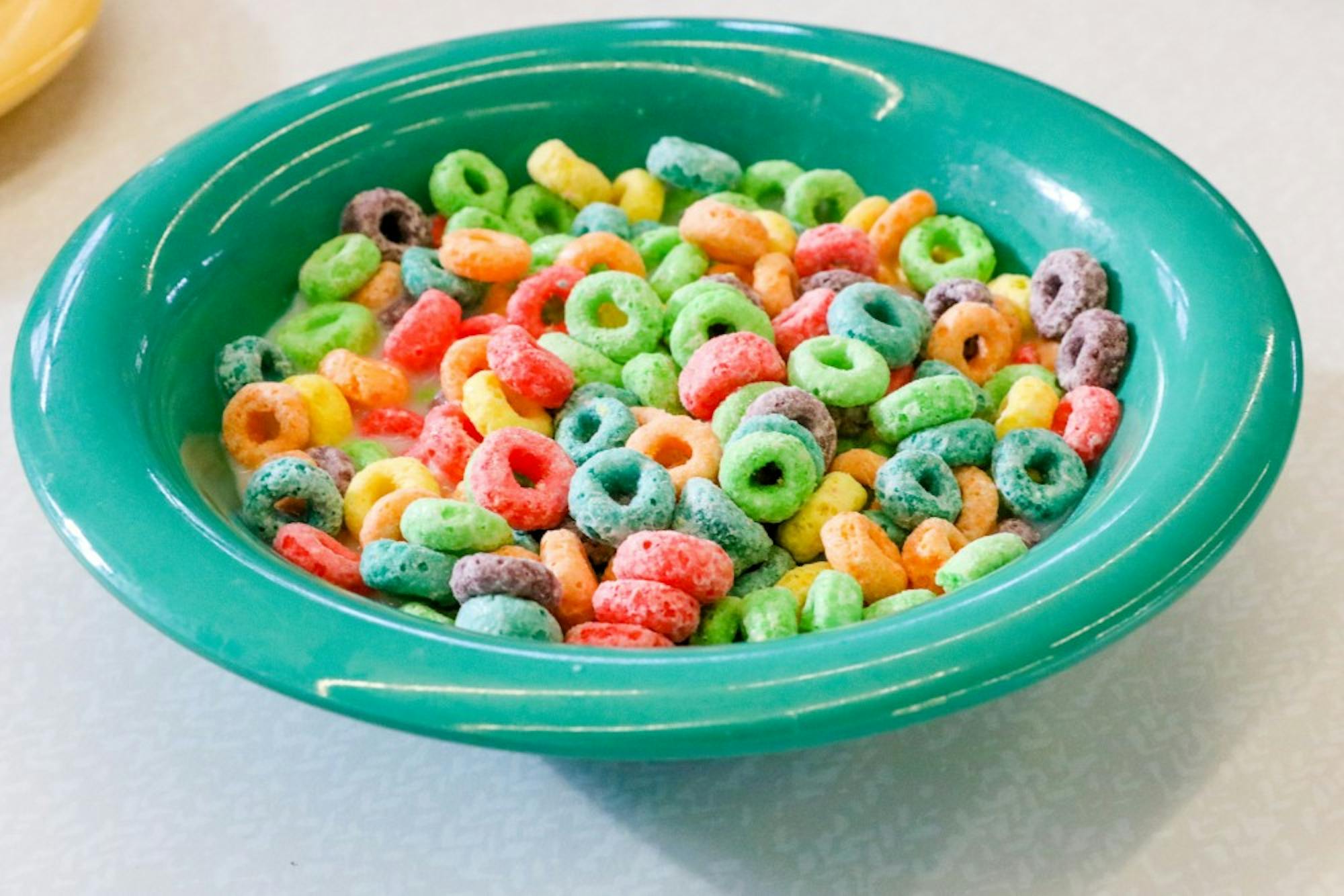According to a recent study, children aren’t pestering their parents for sugary cereal just because of the taste — a team of researchers from the Geisel School of Medicine found that flashy television advertisements aimed at young viewers are contributing to preschoolers’ consumption of high-sugar cereals.
“After years of research, I’m not sure parents truly appreciate how powerful marketing is to kids,” biomedical data science and pediatrics professor and lead author of the cereal study Jennifer Emond said.
“As parents, we have a choice: we can shield our children from this marketing through controlling what we show our kids, or we can demand better guidelines,” Emond said.
The purpose of the research was to confirm assumptions and fill existing gaps in science literature about the impact of advertisements directed at children, according to Emond. The team decided to conduct a longitudinal, observational study of 624 preschoolers and conducted their research by having parents closely monitor what television channels their children watched and then record what cereals they gravitated toward.
Keith Drake, an instructor at The Dartmouth Institute who was involved in analyzing the data retrieved while he was a graduate student at Dartmouth, explained that the team looked at whether there was a correlation between exposure to advertising and consumption of cereal within a seven-day period and if earlier exposure affected future intake.
“It begs the question of how early kids are developing their preferences for cereal,” he said.
Their research confirms that there is a direct correlation between targeted advertising and children’s diets, meaning that children who watch more television advertisements for high-sugar cereal consume more of the product, according to Emond. She stressed that the team stayed “unbiased” while conducting these studies, and that they would have reported the results regardless of whether or not they found a correlation.
Emond explained that children were able to obtain the advertised high-sugar cereals through a phenomenon known as “pester power.”
“Especially around the holidays and birthdays, children will pester for products and toys they want,” Emond said. “Similarly, when kids see these advertisements for foods, it does shape what they want and what they request.”
Though child-directed food marketing is not regulated by the government, it is self-regulated by the Children’s Food and Beverage Advertising Initiative, which is managed by the Council of Better Businesses Bureau, Emond said. She said that all 10 cereal companies that the study examined had previously pledged not to target their advertising to children under the age of 6.
Linda Titus, an epidemiologist on the team, added that this promise seems to be an empty one because TV advertisements may be designed to catch children’s attention, regardless of whether companies say they are intentionally targeting a specific younger age group.
“[Children] are watching and are persuading their parents to buy high sugar breakfast cereals,” she said.
Emond believes that these companies are falsely advertising the nutritional quality of their products and that children are the most vulnerable to it. Cereal companies say they are promoting healthy products for kids, but Emond said that these cereals are still fairly high in sugar content, with 9-12 grams per serving.
“Children don’t have the mental and cognitive capacity to critically analyze content. They don’t know what an advertisement or persuasion is,” she said.
In order to begin shifting policy toward healthier food options, there has to be scientific evidence every step of the way, Emond explained.
“The science speaks for itself,” she said. “What happens is advocacy groups pick up on this data and then that helps them promote their policy changes.”
The study began in March of 2014 and ended in 2018 because the team’s National Institutes of Health grant ended. Emond hopes to renew the grant and look at how the children in the study will continue to be affected as they age.




